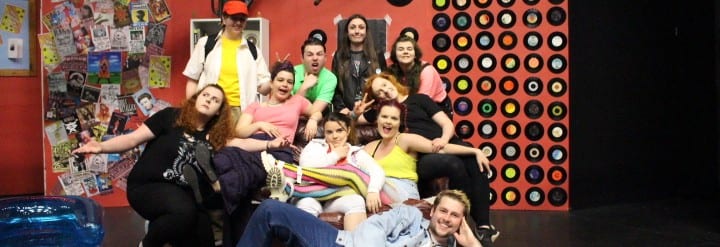With the creation of our piece, I have decided to have a look at different farces as well as the different conventions that are commonly used within a farcical piece. When researching I found that farce’s, whilst being comedic in nature, actually have tragedy at the core of the piece as Ray Cooney explains “I’m searching for something potentially tragic. Farce is more akin to tragedy than it is to comedy” (Cooney, 2014), with this knowledge in mind, it can definitely be applied to the situation at the core of our piece as the characters have just received news that their property is going to be demolished, and so need to sort out what is occurring within their own lives. However, what makes a farce a farce is the fact that it’s pure aim is to make the audience laugh, and we intend to do this through the use of physical comedy and deliberately absurd scenarios that are both conventions of a farcical comedy. The characters themselves also create comedy through the way in which they interact as we have very large and at times, unbelievable characters, such as the character of Alex, who is a struggling musician who frequents the record store and inflicts her songs upon the employees and those who live above the store in the flat. In addition to this, we also had the character of Daisy, who was the straight man character of the play who will create comedy due to the fact that she can realise and comment on the absurd scenarios that occur within the piece.
In addition to the use of farce, we also had elements relating to the theatre of the absurd within our work. The theatre of the absurd, however, also displays elements of a farcical nature as Waiting for Godot is one of the most well known plays to include farcical elements. Including elements of the Theatre of the Absurd, I feel, adds depth to our work, and helps us to structure the piece better as one of the main elements used within our piece that relates to the Theatre of Absurd was the use of the transitions to make the piece disjointed. During the transitions, the lights will change to a red wash from the natural wash, and news broadcasts describing the major events from the year of 1997 will play. During these transitions, the characters will change their costumes, and set up the space ready for the next scene whilst the audience are still able to see and observe them.
Cooney, R. (2014) Ray Cooney’s Six Rules of Farce. London: Telegraph. Avaliable from: http://www.telegraph.co.uk/culture/theatre/10688416/Ray-Cooneys-six-rules-of-farce.html [Accessed 22nd April 2017]
